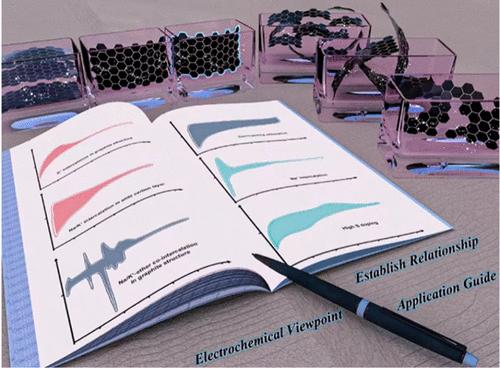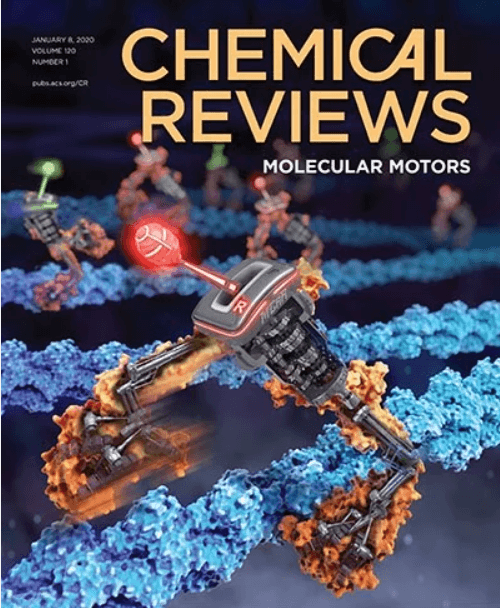模拟碳质材料的电化学Na/ k存储行为
IF 55.8
1区 化学
Q1 CHEMISTRY, MULTIDISCIPLINARY
引用次数: 0
摘要
钠/钾离子储能装置迎来了发展的转折点,成为继锂离子电池(LIBs)之后储能装置的新趋势。碳质材料作为一种极有前途的钠离子和钾离子存储电极负极,得到了广泛的研究和应用。阐明碳质材料的储能机理,指导碳的可控合成是碳科学的关键问题。电化学行为通常是理解材料储能机理和结构变化的最直观表征。从电化学特性曲线中获得碳质材料的规律性信息是一个有价值的考虑。为了全面深入地了解碳质材料的结构特性以及碳结构变化带来的电化学反应规律特征,本文从电化学曲线建模入手,系统地总结了各模型对应的碳质材料的结构特征,分析了模型之间的转化规律。为掌握碳质材料的钠钾离子储存特性提供全面的见解和指导。系统地综述了碳质材料的制备、改性及其大规模应用。最后,对未来碳质储能材料的发展前景进行了展望。本文章由计算机程序翻译,如有差异,请以英文原文为准。

Modeling Electrochemical Na/K-Storage Behaviors of Carbonaceous Materials
Sodium/potassium-ion storage devices have ushered in a turning point in development, becoming a new trend in energy storage devices after lithium-ion batteries (LIBs). Carbonaceous material, as a very promising negative electrode for sodium- and potassium-ion storage electrodes, has been widely studied and applied. Clarifying the energy storage mechanism of carbonaceous materials to guide the controllable synthesis of carbon is a key issue in carbon science. Electrochemical behavior is usually the most intuitive representation of the understanding of the mechanism and structural changes of material energy storage. Obtaining the regularity information on carbonaceous materials from electrochemical characteristic curves is a valuable consideration. In order to comprehensively and profoundly understand the structural properties of carbonaceous materials and the electrochemical reaction regularity characteristics brought about by carbon structure changes, this review starts with modeling electrochemical curves, systematically summarizes the structural characteristics of carbonaceous materials corresponding to each model and analyzes the transformation regulation among models, providing comprehensive insights and guidance for mastering the sodium/potassium-ion storage characteristics of carbonaceous materials. The preparation, modification, and large-scale application of carbonaceous materials have been systematically summarized. In addition, our perspectives on the future development of carbonaceous materials for energy storage applications are provided.
求助全文
通过发布文献求助,成功后即可免费获取论文全文。
去求助
来源期刊

Chemical Reviews
化学-化学综合
CiteScore
106.00
自引率
1.10%
发文量
278
审稿时长
4.3 months
期刊介绍:
Chemical Reviews is a highly regarded and highest-ranked journal covering the general topic of chemistry. Its mission is to provide comprehensive, authoritative, critical, and readable reviews of important recent research in organic, inorganic, physical, analytical, theoretical, and biological chemistry.
Since 1985, Chemical Reviews has also published periodic thematic issues that focus on a single theme or direction of emerging research.
 求助内容:
求助内容: 应助结果提醒方式:
应助结果提醒方式:


